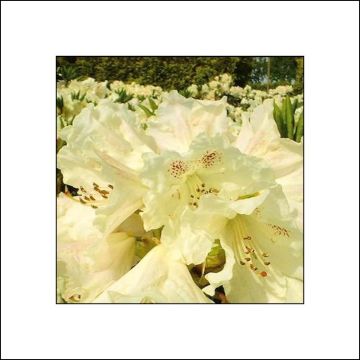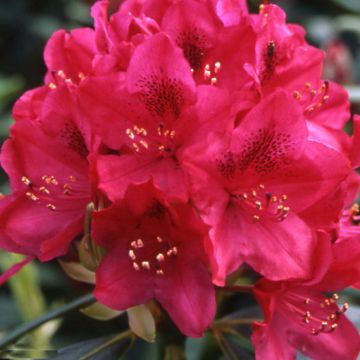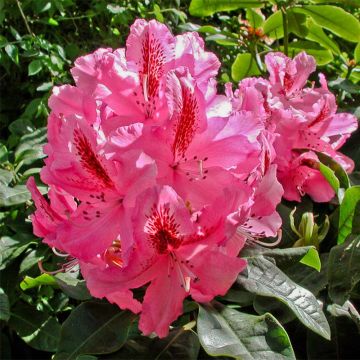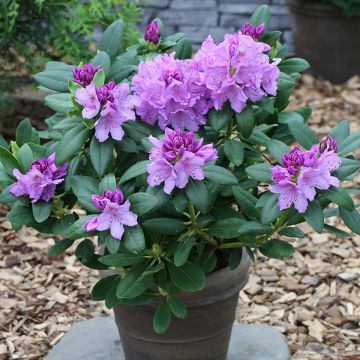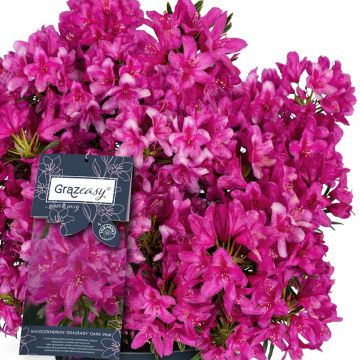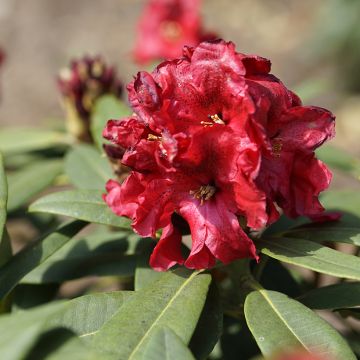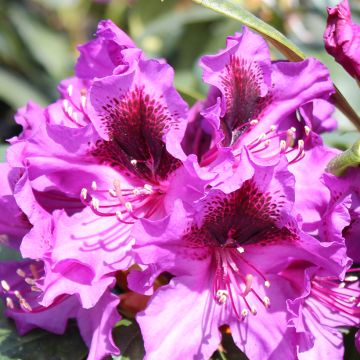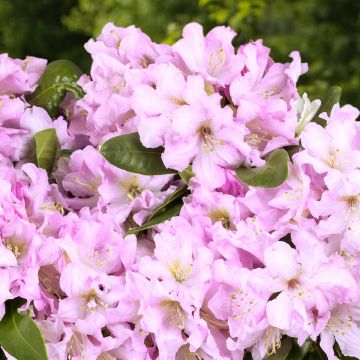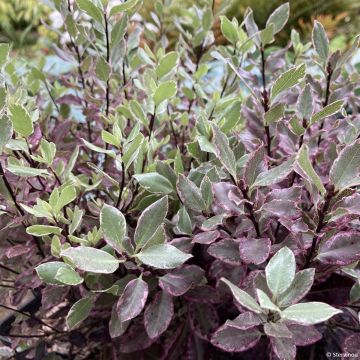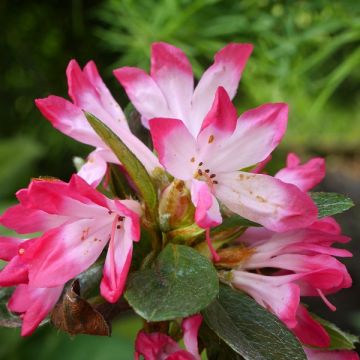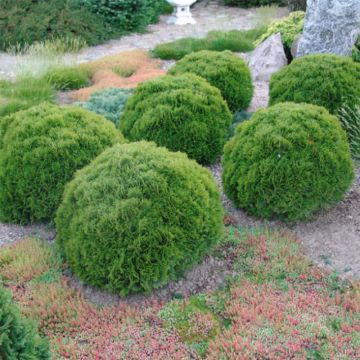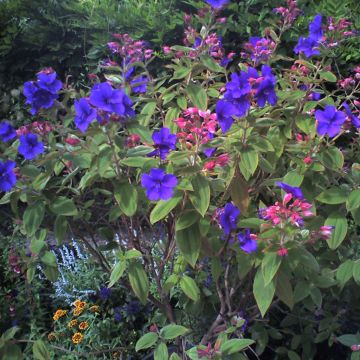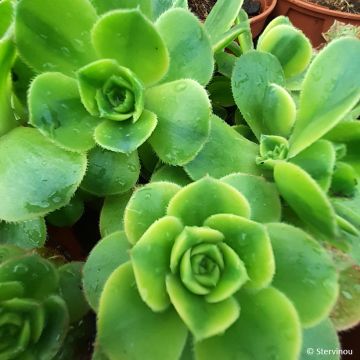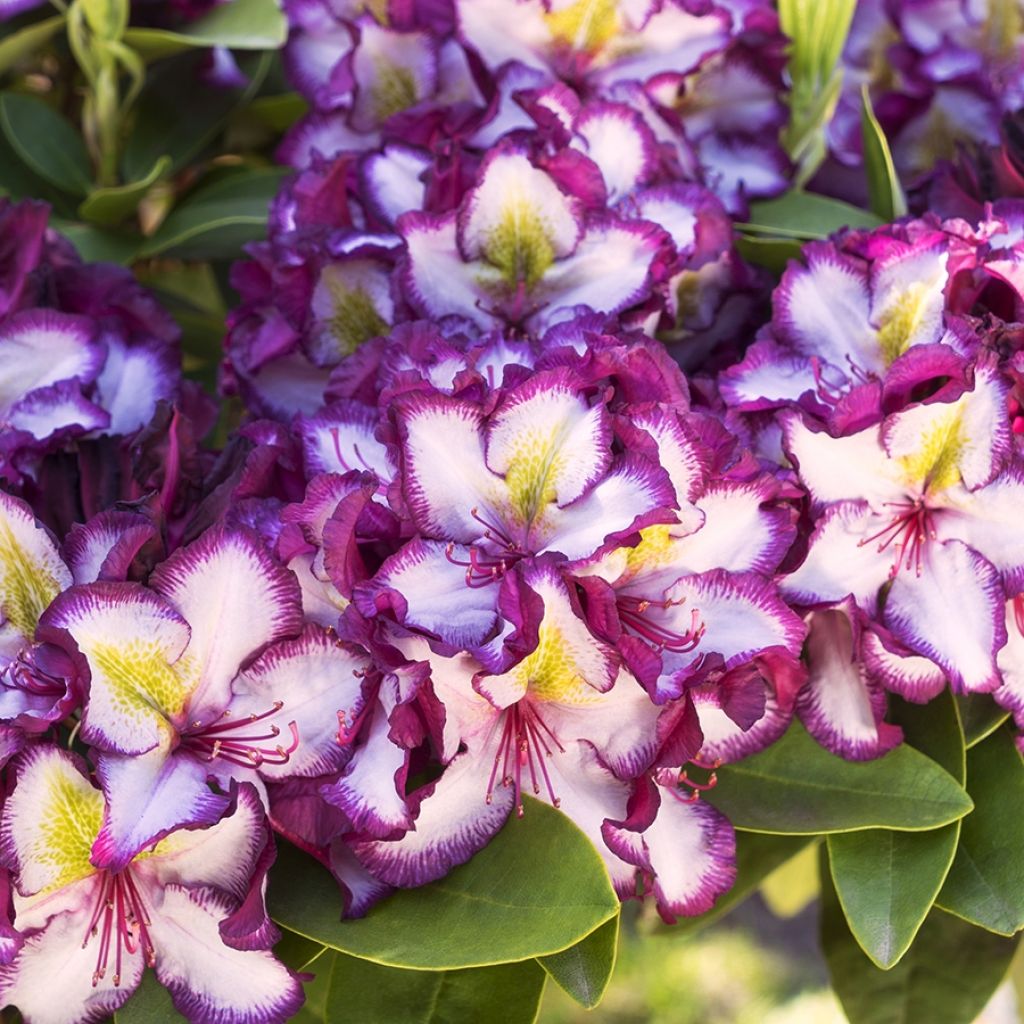

Rhododendron Happydendron® Pushy Purple
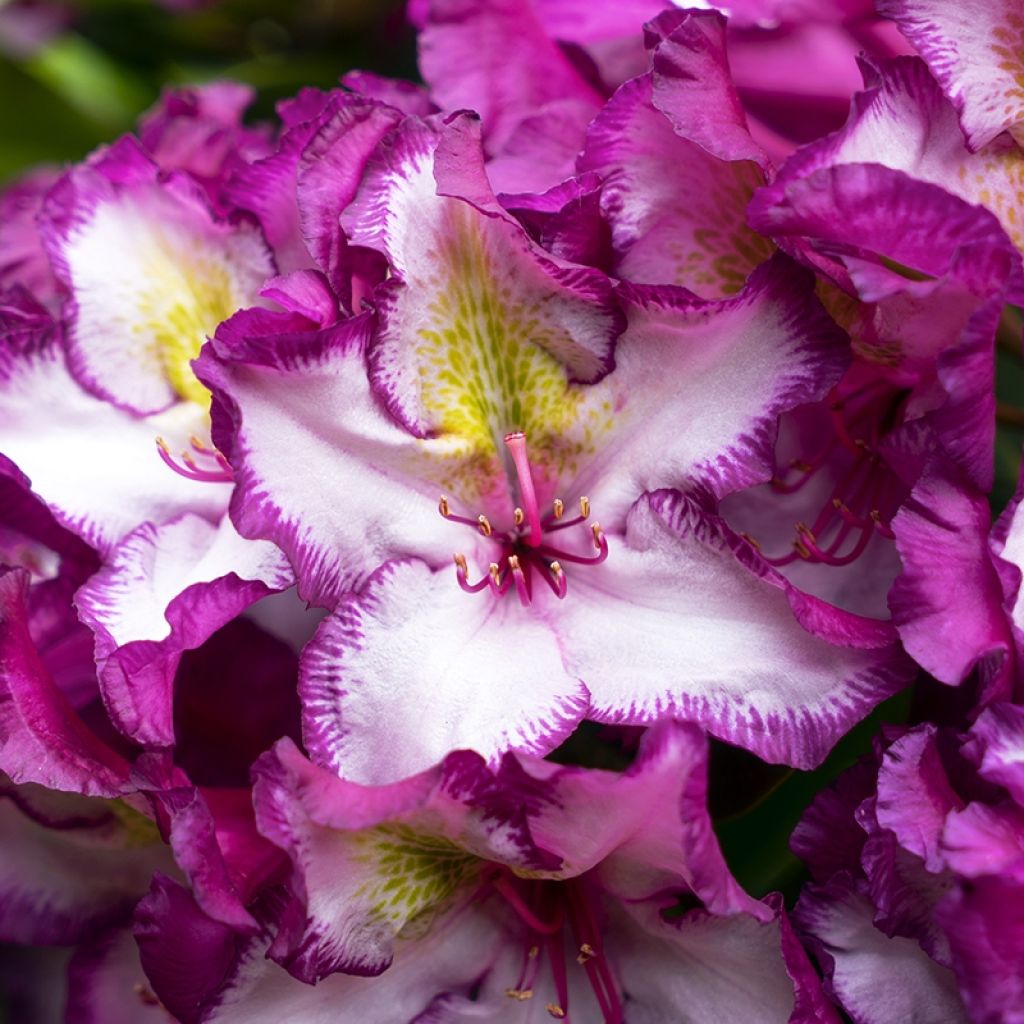

Rhododendron Happydendron® Pushy Purple
Rhododendron INKARHO Happydendron Pushy Purple
Rhododendron INKARHO® Happydendron® Pushy Purple
Rhododendron
Received my rhododendron, very beautiful young plant, I recommend this flower. Very happy with my purchase.
josy, 16/10/2025
Special offer!
Receive a €20 voucher for any order over €90 (excluding delivery costs, credit notes, and plastic-free options)!
1- Add your favorite plants to your cart.
2- Once you have reached €90, confirm your order (you can even choose the delivery date!).
3- As soon as your order is shipped, you will receive an email containing your voucher code, valid for 3 months (90 days).
Your voucher is unique and can only be used once, for any order with a minimum value of €20, excluding delivery costs.
Can be combined with other current offers, non-divisible and non-refundable.
Home or relay delivery (depending on size and destination)
Schedule delivery date,
and select date in basket
This plant carries a 24 months recovery warranty
More information
We guarantee the quality of our plants for a full growing cycle, and will replace at our expense any plant that fails to recover under normal climatic and planting conditions.


Would this plant suit my garden?
Set up your Plantfit profile →
Description
Rhododendron Happydendron Pushy Purple is part of a new series of varieties with brightly coloured flowers, grafted like all INKARHO rhododendrons on a much more tolerant plant in relation to clayey, loamy or slightly alkaline soils. Superb in the garden or in a container, 'Pushy Purple' is an evergreen bush that stands out for its brilliantly tricoloured spring flowering, boldly combining lilac purple with white and yellow. An evergreen bush as tolerant as a hydrangea, decorative throughout the year, hardy and easy to grow.
Rhododendrons encompass more than 800 species of the heath family, cultivated for the beauty of their impressive flowering. The history of Inkarho Rhododendrons, slightly revolutionary plants recently presented at the Chelsea Flower Show, began in Germany over 20 years ago. The discovery of a rhododendron naturally growing in a chalk quarry led to the grafting of different varieties on its extraordinary root system. The bushes obtained by this method tolerate a wide range of soils with a pH ranging from 4.5 to 7.5, provided they are loose, fertile, moist and not excessively alkaline. In summary, any soil that is suitable for hydrangeas.
Launched in 2019 at the Chelsea Flower Show, 'Happydendron Pushy Purple' is a German creation that belongs to the category of large-flowered hybrids. It forms a medium to modest sized bush, with a rounded and branched habit, almost as wide as it is tall. Its growth is rather slow, generally reaching 1.35 to 1.45 m (4 to 5ft) in all directions at the age of 10. Its evergreen leaves in winter, a beautiful dark green colour, are elliptical in shape and cover the plant well. They have a velvety underside. From mid-May to early June, its abundant flowering submerges the bush: grouped in corymbs, superb deep purple-red buds open into very pale pink flowers adorned with a prominent yellow-green spot and bordered with deep mauve pink. The overall effect is violet-mauve, but in reality, each flower displays 3 separate and distinct colours. On each flower, the purple-red colour gradually turns into mauve purple, creating a beautiful multicoloured effect on the bush throughout the flowering period.
It is high time for Rhododendrons to break free from ericaceous soil: this is now possible with the new Inkarho varieties! The Rhododendron Inkarho Happydendron Pushy Purple is relatively tolerant in terms of exposure; we recommend planting it in non-burning sunlight or partial shade, if possible facing East where it will benefit from morning sun while being protected from excessive heat. In the garden or in a container, with its abundant and remarkably coloured flowering, it will easily enhance a shaded space. Much more tolerant than usual rhododendrons, it associates, in a more traditional way, with many other flowering shrubs, not necessarily in ericaceous soil: hydrangeas, mock oranges, Japanese quinces, butterfly bushes, abelias or autumn camellias. Japanese anemones will also make good companions, as well as foxgloves, in woodland areas.
Report an error about the product description
Rhododendron INKARHO Happydendron Pushy Purple in pictures
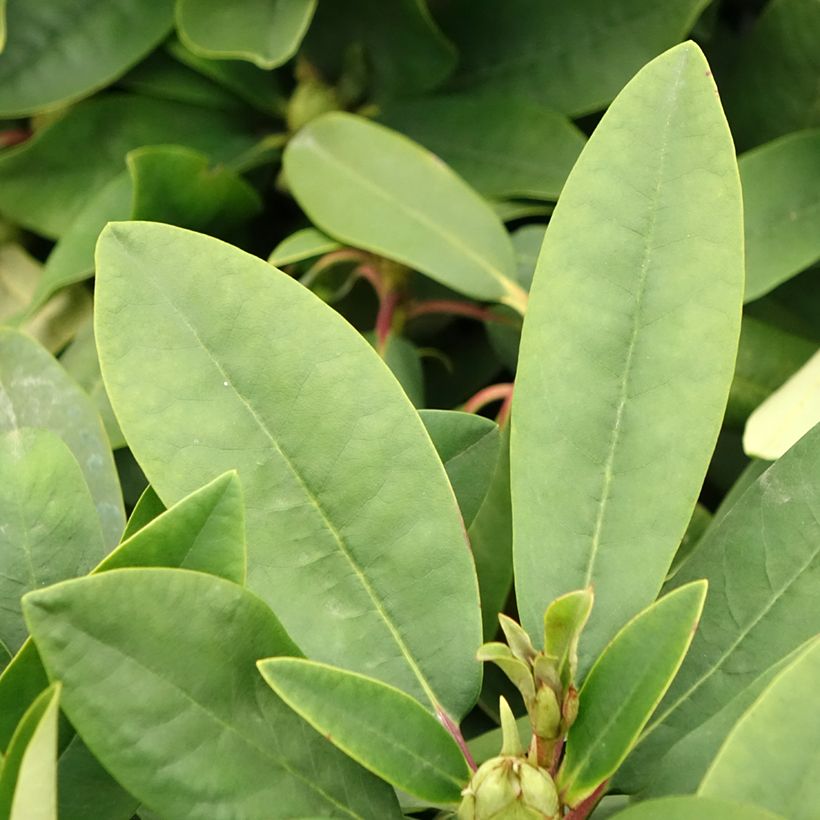

Plant habit
Flowering
Foliage
Botanical data
Rhododendron
INKARHO® Happydendron® Pushy Purple
Ericaceae
Rhododendron
Cultivar or hybrid
Other Inkarho Rhododendrons
View all →Planting and care
Plant the Rhododendron Inkarho Happydendron Pushy Purple in partial shade, protected from cold and drying winds, in moist, loose, fertile soil. It will tolerate slightly alkaline soil (pH 7.5), neutral or acidic soil (pH 4.5 to 6.5), any soil that is suitable for a hydrangea. Dig a hole three times larger than the pot. Soak the root ball in water and plant the bush at the collar level, in a nourishing mixture composed of leaf compost, gravel or pumice, and loam or topsoil, as Inkarho Rhodos are hungry plants. Water thoroughly and keep the soil moist in summer. Azaleas and Rhododendrons have a relatively shallow root system. As a result, they are sensitive to prolonged periods of drought. That's why it is recommended to enrich the soil with humus and water abundantly during dry periods. Apply a layer of wood chips or mulch around the base of the bush every spring to maintain soil moisture while keeping the pH slightly acidic. Maintenance involves removing faded flowers after flowering and pruning out dead branches.
Azaleas and Rhododendrons can sometimes be attacked by weevils that eat the edges of leaves and rootlets, as well as the infamous "rhododendron beetle" which does not usually cause significant damage. There are effective natural solutions against weevils. Yellowing of the leaves (chlorosis) in Rhododendron indicates poor iron assimilation from the soil and can lead to premature death of the plant. While alkaline soil is often the cause, poorly drained soil or deeply planted root ball can also explain the phenomenon.
Planting period
Intended location
Care
-
, onOrder confirmed
Reply from on Promesse de fleurs
Similar products
Haven't found what you were looking for?
Hardiness is the lowest winter temperature a plant can endure without suffering serious damage or even dying. However, hardiness is affected by location (a sheltered area, such as a patio), protection (winter cover) and soil type (hardiness is improved by well-drained soil).

Photo Sharing Terms & Conditions
In order to encourage gardeners to interact and share their experiences, Promesse de fleurs offers various media enabling content to be uploaded onto its Site - in particular via the ‘Photo sharing’ module.
The User agrees to refrain from:
- Posting any content that is illegal, prejudicial, insulting, racist, inciteful to hatred, revisionist, contrary to public decency, that infringes on privacy or on the privacy rights of third parties, in particular the publicity rights of persons and goods, intellectual property rights, or the right to privacy.
- Submitting content on behalf of a third party;
- Impersonate the identity of a third party and/or publish any personal information about a third party;
In general, the User undertakes to refrain from any unethical behaviour.
All Content (in particular text, comments, files, images, photos, videos, creative works, etc.), which may be subject to property or intellectual property rights, image or other private rights, shall remain the property of the User, subject to the limited rights granted by the terms of the licence granted by Promesse de fleurs as stated below. Users are at liberty to publish or not to publish such Content on the Site, notably via the ‘Photo Sharing’ facility, and accept that this Content shall be made public and freely accessible, notably on the Internet.
Users further acknowledge, undertake to have ,and guarantee that they hold all necessary rights and permissions to publish such material on the Site, in particular with regard to the legislation in force pertaining to any privacy, property, intellectual property, image, or contractual rights, or rights of any other nature. By publishing such Content on the Site, Users acknowledge accepting full liability as publishers of the Content within the meaning of the law, and grant Promesse de fleurs, free of charge, an inclusive, worldwide licence for the said Content for the entire duration of its publication, including all reproduction, representation, up/downloading, displaying, performing, transmission, and storage rights.
Users also grant permission for their name to be linked to the Content and accept that this link may not always be made available.
By engaging in posting material, Users consent to their Content becoming automatically accessible on the Internet, in particular on other sites and/or blogs and/or web pages of the Promesse de fleurs site, including in particular social pages and the Promesse de fleurs catalogue.
Users may secure the removal of entrusted content free of charge by issuing a simple request via our contact form.
The flowering period indicated on our website applies to countries and regions located in USDA zone 8 (France, the United Kingdom, Ireland, the Netherlands, etc.)
It will vary according to where you live:
- In zones 9 to 10 (Italy, Spain, Greece, etc.), flowering will occur about 2 to 4 weeks earlier.
- In zones 6 to 7 (Germany, Poland, Slovenia, and lower mountainous regions), flowering will be delayed by 2 to 3 weeks.
- In zone 5 (Central Europe, Scandinavia), blooming will be delayed by 3 to 5 weeks.
In temperate climates, pruning of spring-flowering shrubs (forsythia, spireas, etc.) should be done just after flowering.
Pruning of summer-flowering shrubs (Indian Lilac, Perovskia, etc.) can be done in winter or spring.
In cold regions as well as with frost-sensitive plants, avoid pruning too early when severe frosts may still occur.
The planting period indicated on our website applies to countries and regions located in USDA zone 8 (France, United Kingdom, Ireland, Netherlands).
It will vary according to where you live:
- In Mediterranean zones (Marseille, Madrid, Milan, etc.), autumn and winter are the best planting periods.
- In continental zones (Strasbourg, Munich, Vienna, etc.), delay planting by 2 to 3 weeks in spring and bring it forward by 2 to 4 weeks in autumn.
- In mountainous regions (the Alps, Pyrenees, Carpathians, etc.), it is best to plant in late spring (May-June) or late summer (August-September).
The harvesting period indicated on our website applies to countries and regions in USDA zone 8 (France, England, Ireland, the Netherlands).
In colder areas (Scandinavia, Poland, Austria...) fruit and vegetable harvests are likely to be delayed by 3-4 weeks.
In warmer areas (Italy, Spain, Greece, etc.), harvesting will probably take place earlier, depending on weather conditions.
The sowing periods indicated on our website apply to countries and regions within USDA Zone 8 (France, UK, Ireland, Netherlands).
In colder areas (Scandinavia, Poland, Austria...), delay any outdoor sowing by 3-4 weeks, or sow under glass.
In warmer climes (Italy, Spain, Greece, etc.), bring outdoor sowing forward by a few weeks.






























